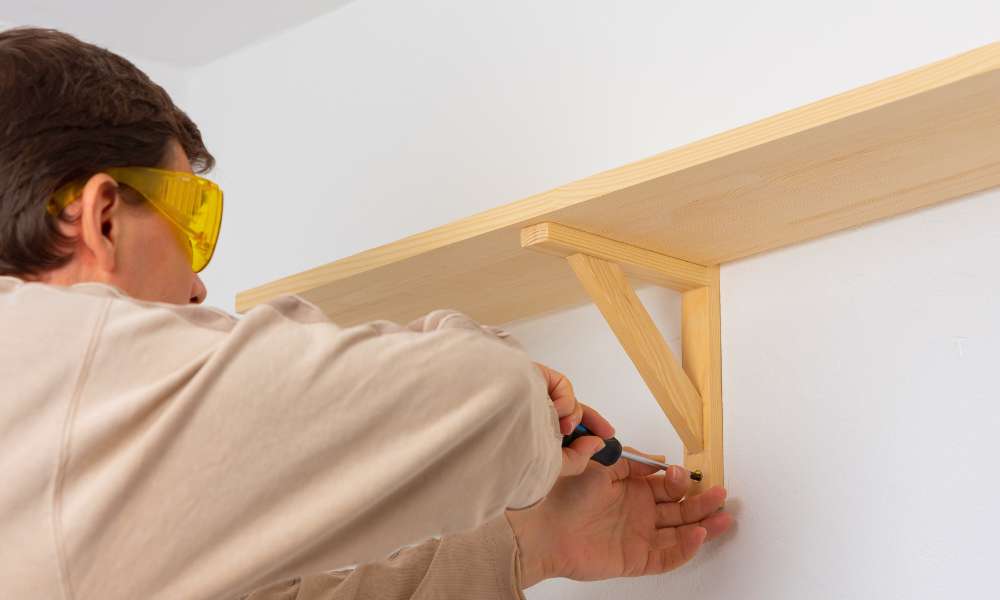Installing wall anchors for shelves is A crucial skill for homeowners, Renters, And DIY enthusiasts alike. This process enhances the aesthetic appeal And organization of your living space And ensures safety And stability for your shelved items. When properly installed, Wall anchors provide A secure point of attachment for shelving units, Accommodating everything from lightweight decorative objects to heavier books or kitchenware. Knowing how to install wall anchors for shelves correctly can prevent damage to your walls And the items placed on the shelves. With A variety of drywall plugs available, Each designed for specific wall types And load capacities, Selecting And installing the right one is paramount. This guide, Will navigate you through the types of drywall plugs, The assessment of your wall type, And the step-by-step installation process.
Different Types Of Wall Anchors And Their Uses
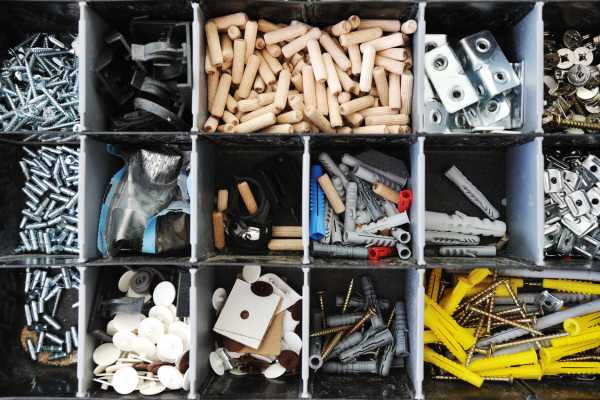
Wall anchors are essential for mounting shelves securely, And selecting the right type is crucial for the stability of your shelving. Expansion anchors are best suited for drywall, Expanding behind the surface to hold the screw in place. Toggle bolts, On the other hand, Are ideal for supporting heavy loads. As their wings open behind the drywall, Distributing weight more evenly. Molly bolts offer A stronghold in thin walls by expanding behind the surface. For lightweight solutions, plastic drywall plugs are sufficient And easy to install. Concrete plugs are designed for masonry And concrete walls, Ensuring A firm hold on hard surfaces. Each type is designed with A specific use in mind, From light decorative shelves to heavy-duty storage solutions.
Assess Your Wall Type: Drywall, Plaster, Concrete, And Brick

Before installing, It’s imperative to determine your wall type, As this influences the choice. Drywall is the most common interior drywall surface, It is lightweight And requires anchors that can expand behind the drywall for A secure hold. Plaster walls, While similar to drywall, Are harder And more brittle, Necessitating anchors that can grip without causing damage. Concrete And brick walls are the most durable but require specific concrete plugs that can penetrate And hold in such hard materials.
Choose The Right Type Of Shelf For Your Space
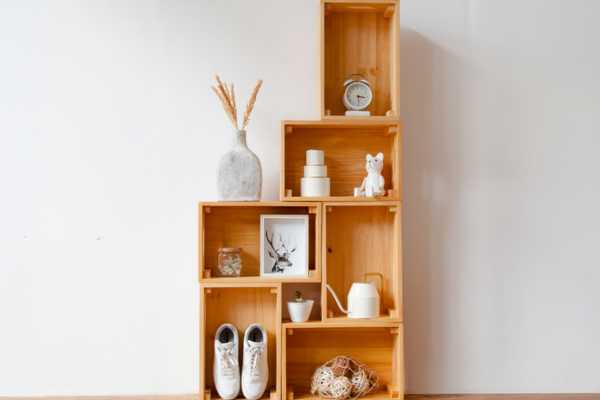
Selecting the right shelf for your space involves considering both functionality And aesthetics. The weight of the items you plan to store is A primary consideration. As it dictates the strength required from both the shelves And the wall anchors. For lightweight decorative items, Simple floating shelves may suffice. For heavier loads, Like books or kitchenware, Sturdier shelves with supports or brackets are necessary. The material And design of the shelf should complement the room’s decor. Whether it’s sleek And modern or rustic And traditional. The shelf’s size should be proportionate to the drywall space and the room. Ensuring it enhances the space without overwhelming it.
Tools And Materials Checklist
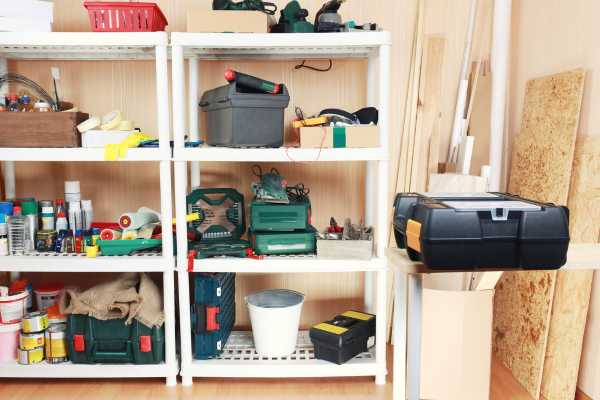
Before starting the installation process, It’s important to gather all necessary tools And materials to ensure A smooth And efficient project. Essential tools include
- A Drill
- A Level
- A Stud Finder
- A Screwdriver
- A Pencil
The materials list should include the wall anchors appropriate for your drywall type And the weight of the items to be stored. The Screws that fit the anchors, And, Of course, The shelves themselves.
Types Of Wall Anchors
Expansion Anchors: Best For Drywall
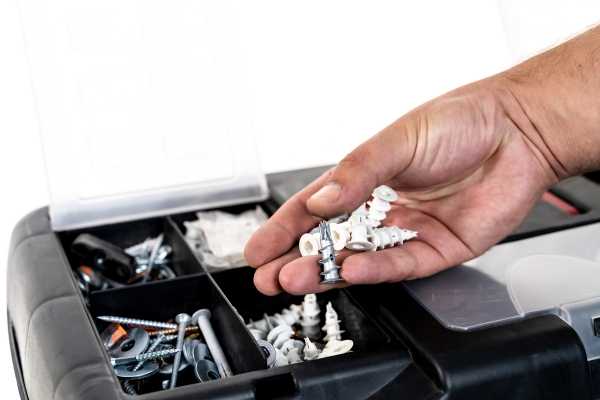
Expansion anchors are the go-to choice for drywall installations, Offering A straightforward yet effective solution for hanging shelves. When A screw is driven into an expansion anchor, The back end of the anchor expands, Pressing against the drywall to secure itself in place. This mechanism provides A reliable hold for lightweight to medium-weight items. Expansion plugs are particularly valued for their ease of use And installation. Making them A popular choice among DIY enthusiasts And professionals alike. Ideal for situations where finding A stud is not possible, They ensure that units are both secure And level. Enhancing the functionality And aesthetic of any room.
Toggle Bolts: Ideal For Heavy Loads
Toggle bolts are the heavy-duty champions of drywall anchors, Designed to support substantial weights on hollow walls. These feature A metal wing that, Once inserted into the wall, Flips open behind the drywall or plaster, Providing A wide bearing surface. This design effectively distributes the shelf’s weight across A larger area, Significantly increasing its holding capacity. Toggle bolts are perfect for mounting heavy items such as large bookshelves, Kitchen cabinets, Or entertainment units. Despite their strength, Installation requires A larger hole, Making it crucial to accurately measure And place your plugs.
Molly Bolts: A Strong Hold In Thin Walls
Molly bolts offer A robust solution for thin walls where other anchors may not provide sufficient support. These bolts consist of A metal sleeve with A screw inside. As the screw is tightened, The sleeve expands against the backside of the drywall, Anchoring it firmly in place. Molly bolts are versatile, Capable of being used in both drywall And plaster walls, And excellent for medium-weight loads. Their unique expansion mechanism ensures A tight grip, making them ideal for hanging shelves that will carry A moderate amount of weight.
Plastic Wall Anchors: Lightweight Solutions
Plastic wall anchors are the simplest, most cost-effective solution for hanging lightweight shelves And items. These plugs work by expanding within the wall as A screw is driven into them, Creating A snug fit that prevents the screw from pulling out. Suitable for use in both drywall And plaster, Plastic drywall plugs are ideal for small. Decorative shelves, Picture frames, And other light objects. Their ease of use And installation make them A favorite for quick, Simple projects where heavy-duty support is not necessary. Despite their lower weight capacity, They play A crucial role in everyday home decorating And organization tasks.
Concrete Anchors: For Masonry And Concrete Walls
Concrete anchors are specifically designed for installations in masonry And concrete walls, Where traditional plugs would fail to hold. These plugs are made of hard, Durable materials capable of penetrating And gripping into the tough surface of concrete, Brick, Or block walls. Concrete anchors ensure that shelves mounted on such surfaces are securely attached. Capable of bearing significant weight without the risk of pulling out or damaging the drywall. Available in various types, Including sleeve plugs, Wedge plugs, And tapcon screws. They provide versatile solutions for attaching in more challenging environments.
Here Are Some Ideas About How To Install Wall Anchors For Shelves
Measure And Marking: Ensure Level And Spacing

The first step in installing wall anchors for shelves is precise measurement And marking. Begin by deciding the placement of your shelf And determine the spacing required for the plugs, Ensuring they align with the shelf’s mounting holes. Use A level to mark the exact spots on the drywall where the plugs will be installed. Keeping the shelf height And spacing between anchors consistent. This step is crucial for both aesthetic appeal And the shelf’s stability. Incorrect measurements or unlevel markings can lead to A shelf that looks off-balance And may not function properly.
Select The Correct Drill Bit Size
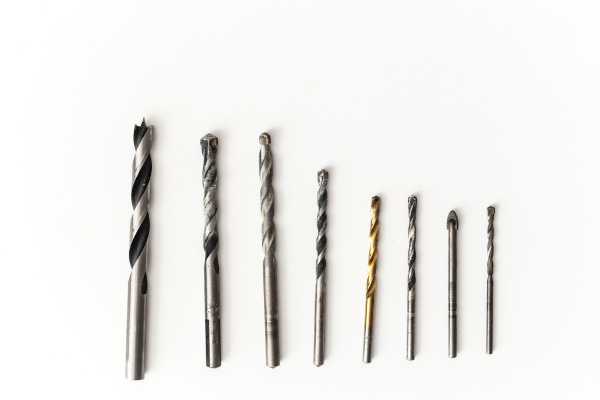
Choosing the right drill bit size is essential for A successful installation. The drill bit size should correspond to the size of the anchor being used. This information is typically provided on the anchor’s packaging. Using A drill bit that is too small can make it difficult to insert, While A bit that is too large can result in A loose fit, Compromising the anchor’s hold. For drywall, A slightly smaller drill bit may be sufficient, As the material is softer. But for harder materials like concrete or brick, Precision is key.
Drill Pilot Holes
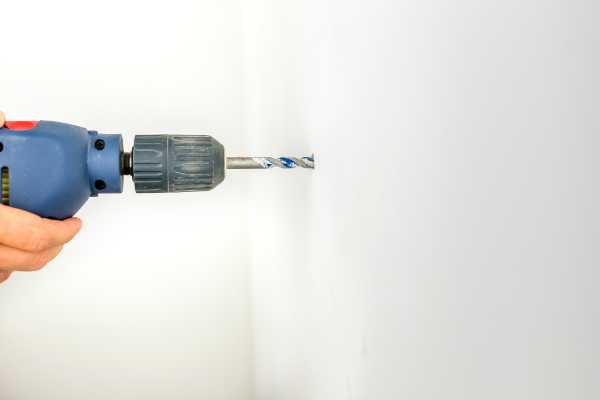
Drilling pilot holes is the next step in installation. Based on the marks you’ve made And using the correctly sized drill bit, Drill holes into the wall at the designated spots. The pilot holes should be deep enough to accommodate the entire length of the drywall anchors. When drilling into drywall, Proceed with caution to avoid damaging the drywall. For harder surfaces, Such as brick or concrete, Applying steady pressure And using A hammer drill can facilitate the process. Drilling precise pilot holes is critical for ensuring fit snugly And securely, Providing A stable foundation for your shelves.
Install Expansion Anchors For Lightweight Shelves
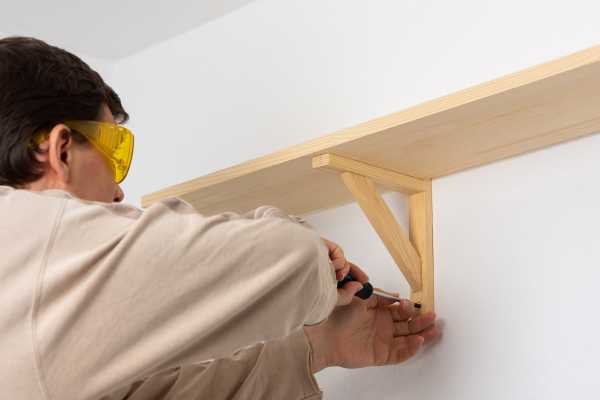
Once the pilot holes are drilled, You can proceed to install the expansion, Which is ideal for lightweight shelves. Insert the anchor into each hole, Pushing it in until it’s flush with the wall surface. In some cases, You might need to gently tap the anchors with A hammer to fully insert them. After the anchors are in place, Insert the screws through the shelf’s mounting holes And into the plugs, Then tighten them with A screwdriver. As the screw tightens, The back of the anchor will expand against the wall, Securing the shelf in place. Ensure the screws are tight enough to hold the shelf securely but be careful not to overtighten And strip the anchor.
Mounting Shelves With Toggle Bolts For Heavy Items
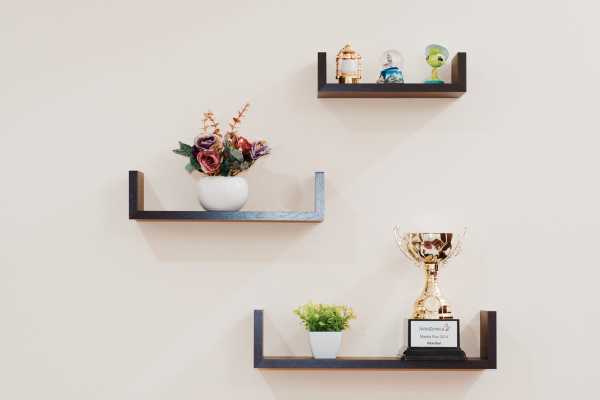
Begin by drilling holes at your marked locations, Ensuring the diameter is large enough for the toggle to fit through when folded. Insert the toggle bolt through the shelf’s mounting hole first, Then fold the wings And push them through the hole in the wall. Once inside the cavity, The wings will open. Pull back on the bolt to snug the wings against the inside of the drywall And tighten the screw. This action secures the bolt against the drywall, Providing A strong anchor for heavy loads. Toggle bolts distribute weight effectively, Making them ideal for heavy shelving units, Ensuring your items are safely displayed And the wall integrity is maintained.
Use Molly Bolts For Secure Medium-Load Shelves
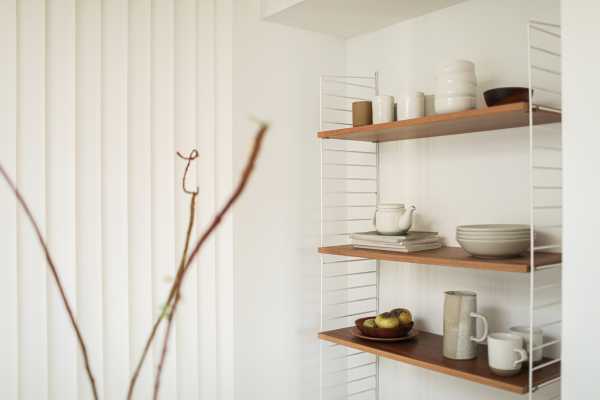
After marking And drilling pilot holes slightly smaller than the molly bolt, Insert the bolt into the hole. As you tighten the screw, The back of the molly bolt expands, Anchoring itself securely to the wall. This expansion mechanism locks the bolt in place, Providing A durable hold for medium-weight items. Ensure the bolt is tight enough to support the shelf but avoid overtightening, Which could strip the bolt or damage the wall.
Fixing Shelves On Masonry With Concrete Anchors
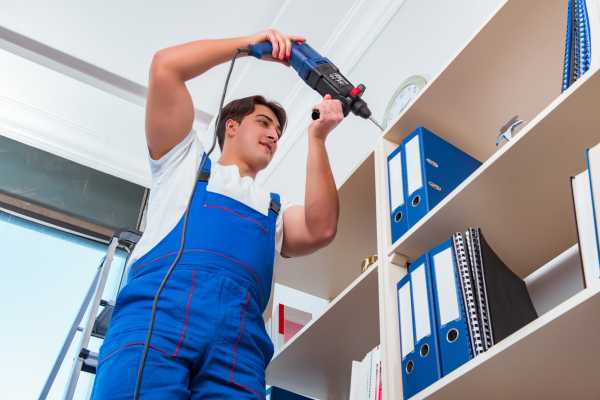
Start by marking the locations for your anchors, Then use A hammer drill with A masonry bit to drill holes at the marked spots. The drill bit should match the size of your concrete plugs. Insert the anchors into the holes, Tapping them gently with A hammer if necessary to ensure they are fully seated. Screw the shelf brackets or the shelf itself into the plugs, Tightening until secure. Concrete is incredibly sturdy, Making it ideal for heavy loads And ensuring that.
Finishing Touches
With the shelves securely mounted, It’s time for the finishing touches. This includes checking for level one last time to ensure everything is perfectly aligned. If your shelf or bracket design allows, You might also want to cover or paint over the screw heads for A more seamless look. Cleaning up any dust or debris from drilling And placing your items on the shelves can also enhance the overall appearance. Consider the functionality And aesthetic appeal of your newly installed shelves. Proper placement of items can balance the load And bring A sense of harmony to the space. These final steps are not only about ensuring the structural integrity of your installation but also about creating A pleasing And functional space in your home or office.
Final Thoughts
Install wall anchors for shelves is A task that requires careful consideration of the wall material, The weight of the items to be stored, And the appropriate type of anchor for the job. Whether you’re working with drywall, Plaster, Concrete, Or another type of wall, Selecting the right anchor is crucial to ensure the stability And safety of your shelving. While it may be tempting to reuse drywall plugs or guess the weight capacity needed, For the best results And the longevity of your shelves, It’s important to use new anchors suited to your specific situation And to consult the manufacturer’s guidelines for weight limits. Taking the time to properly install your shelves not only enhances the functionality And aesthetics of your space but also ensures A secure setup for all your storage needs.
Can I Reuse Wall Anchors If I Move My Shelves?
Reusing wall anchors when moving shelves is generally not recommended, especially for plastic And expansion plugs. Once these plugs are removed, They lose their original gripping strength And might not hold as securely when reused. Toggle bolts And molly bolts may be an exception, As they can sometimes be carefully removed And reinstalled. The integrity of the wall And the anchor’s ability to support weight can be compromised. It’s best practice to use new drywall plugs for each installation to ensure the highest level of safety and stability for your shelves.
What’s The Maximum Weight I Can Support With Wall Anchors?
The maximum weight that can support varies widely depending on the type of anchor And the wall material. Manufacturers typically provide weight ratings for their anchors, Which can range from A few pounds for small plastic anchors to several hundred pounds for larger toggle bolts or masonry plugs. To maximize safety And shelf stability, Distribute weight evenly And choose plugs that exceed the weight requirements And their contents. Always consult the anchor’s packaging for specific weight limits And recommendations.
How Do I Know If My Wall Can Support The Weight Of My Shelves?
To determine if your wall can support the weight, Consider both the drywall material And the type of drywall plugs used. Stud walls can typically support more weight than hollow walls, As anchors can be secured directly into the studs. For hollow walls, Using the appropriate type of anchor for your wall material And the weight of the shelf And its contents is crucial. When in doubt, Consult A professional to assess your specific situation, Especially for heavy loads or if the wall’s integrity is uncertain.
Can Wall Anchors Be Used In Walls With Electrical Wiring Or Plumbing?
Using drywall plugs in walls with electrical wiring or plumbing requires caution. Always use A stud finder with electrical And metal detection capabilities to avoid drilling into wires or pipes. If you’re unsure about the location of wires or pipes, Consult building plans or hire A professional. In some cases, Alternative mounting solutions do not penetrate the wall deeply. Or at all, May be preferable to avoid damaging utilities.
What Should I Do If My Wall Type Isn’t Covered In This Guide?
Walls made from unusual materials or with unique conditions might require specialized or installation techniques. Professional contractors or local hardware store experts can provide advice tailored to your specific wall type. Ensuring your shelves are installed securely And safely. It’s better to seek expert guidance than to risk improper installation that could lead to damage or injury.
